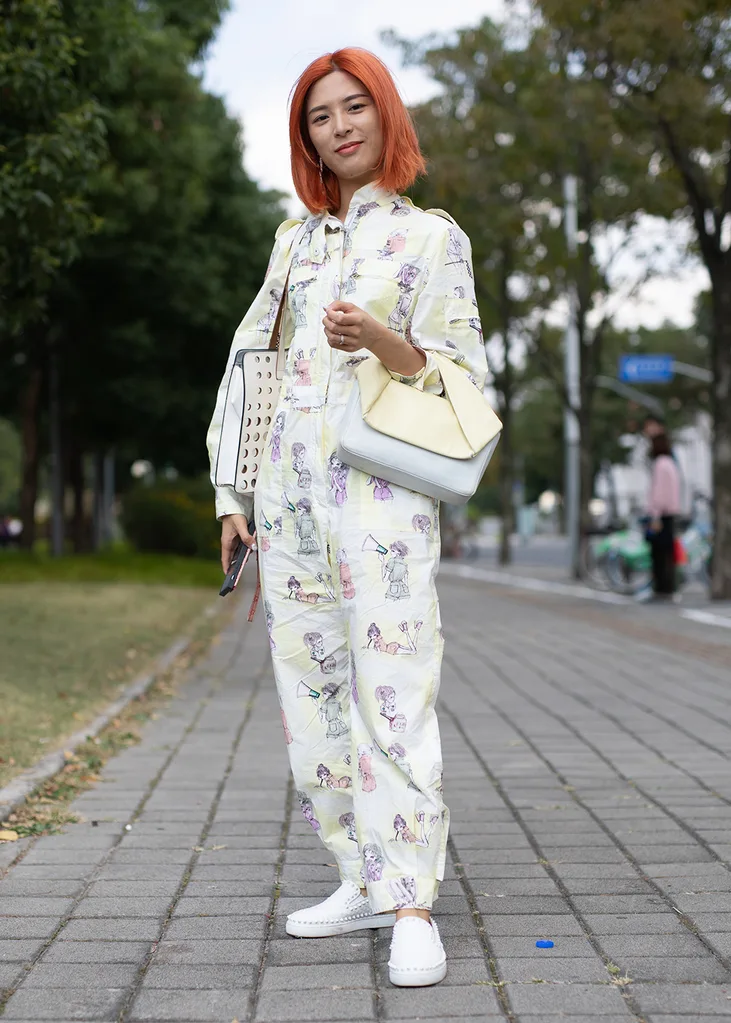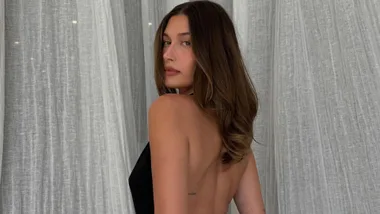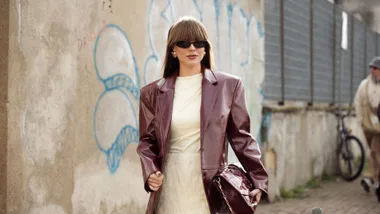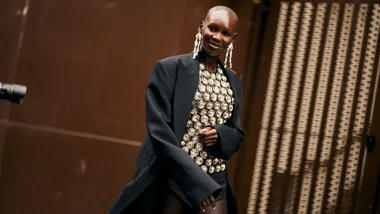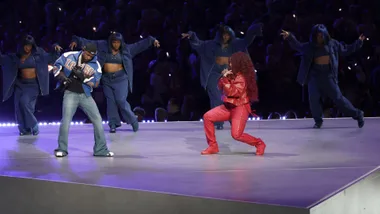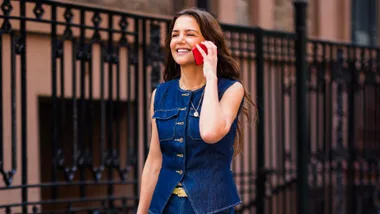Unlike Paris, London, New York, and Milan, China’s place on the international fashion stage is relatively new, however, is rising the ranks very fast. According to the Business of Fashion’s China Decoded report, the country is set to overtake the United States as the biggest luxury fashion marketplace in the world.
With the booming Chinese consumer demand, the countries three major cities, Beijing, Shanghai and Hong Kong have attracted fashion shows by luxury brands such as Fendi, Prada and Chloe in 2019 alone. And, with a spotlight on the burgeoning fashion capital of Shanghai, the fashion world is abuzz with Chinese fashion trends.
Locally, the Chinese fashion industry united in 2011, when the first Shanghai Fashion Week took place. Since then, Chinese brands and fashion labels have been admired by the global fashion community. In fact, at the 2019 Milan Fashion Week, seven Chinese designers showcased their work.
And, if there were any doubts on the legitimacy of the Chinese fashion movement, the 2015 Met Gala – themed China: Through The Looking Glass – was paramount in securing China a spot in fashion history.
As the fashion industry continues to evolve the status quo, and with fashion designers like Alexander Wang leading the charge, Chinese fashion trends are inadvertently proving their worth.
So, what are the big Chinese clothing trends currently? Here, we round up six of the biggest fashion trends, straight from the streets of Shanghai.
All In The Detail
Traditional Chinese clothing details like mandarin collars and knotted buttons on dresses are increasingly being incorporated into modern designs. Decorative features include metallic embroidery and historical motifs like the dragon have become commonplace in the Shanghai style set.
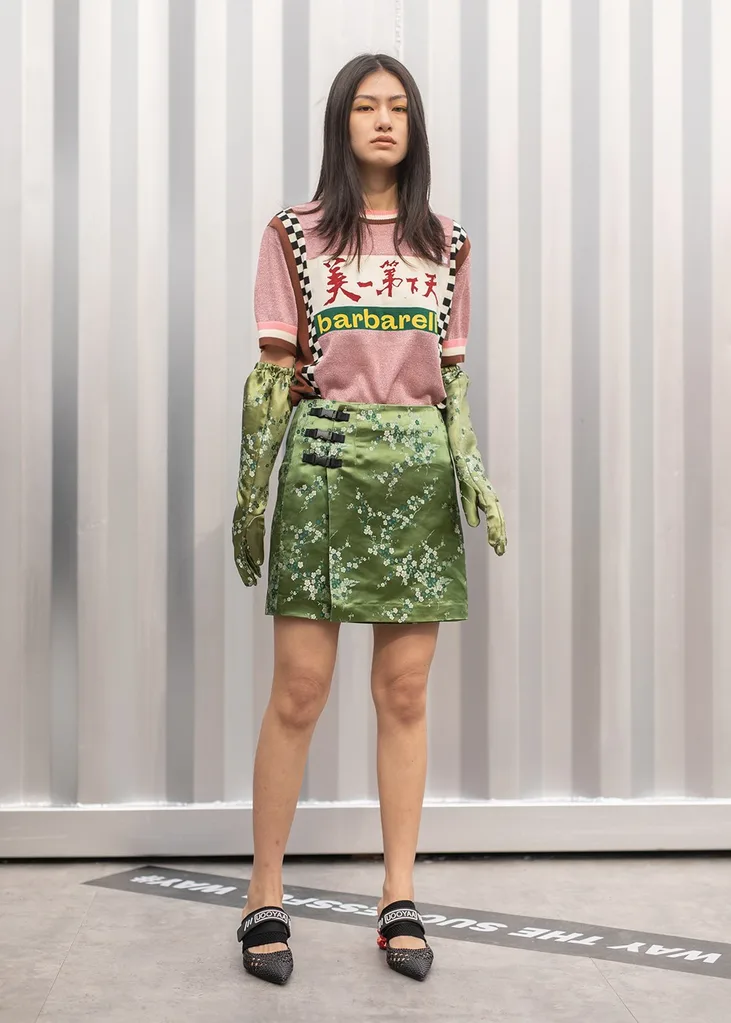
The Pantsuit
The 2019 China Fashion Trend Report by Chinese e-commerce giant Taobao (published on microblogging platform Weibo) provided insight into what the Chinese fashion consumer is looking for and found that Chinese women are seeking a tougher, more androgynous look: think oversized blazers, suits, boyfriend jeans and loose-fitting clothing. In fact, the report revealed that the most searched keyword among female shoppers in 2019 (so far) has been “baggy”. It also stated that the number of women who own a suit is expected to overtake that of men in the next 10 years.
It’s not that surprising then that pantsuits have long been part of the culture. The Zhongshan suit which became popular soon after the People’s Republic of China was established in 1912, although originally considered a male outfit, was also adopted by women. Sometimes known as a Mao Suit, this utilitarian chic two-piece suit is an example of the practical clothing of the time.
As a result, it’s become an iconic piece of Chinese culture and fashion heritage, and the fashionistas are once again loving it, although this time they’re giving it an opulent, feminine twist.
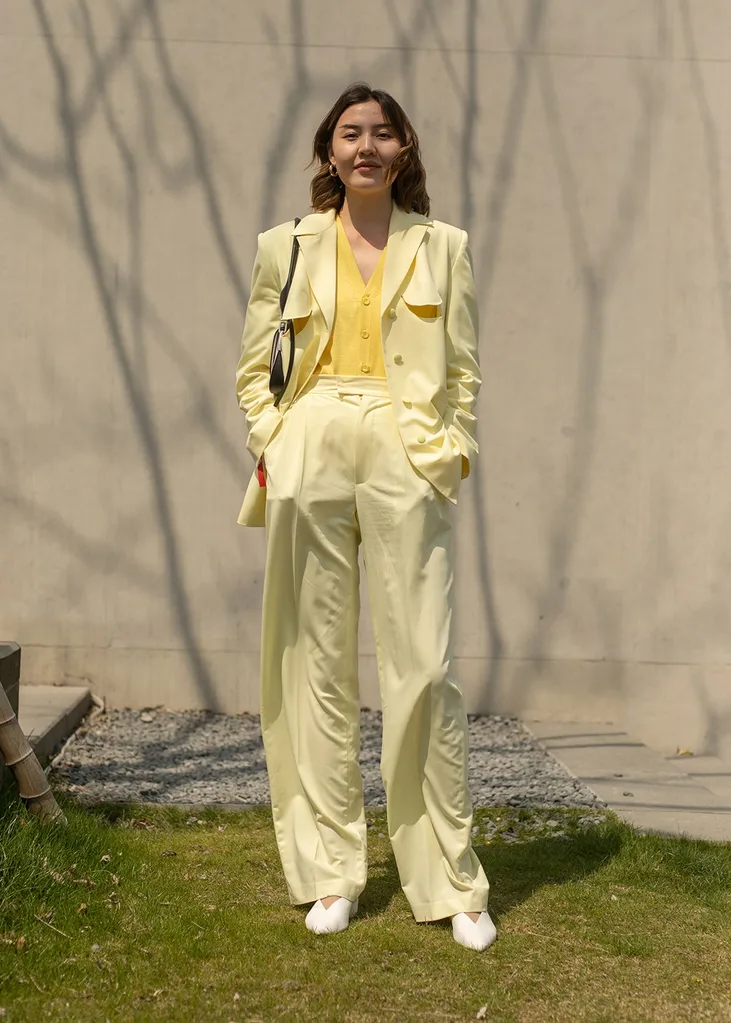
Qipao Reborn
Whether you call it a cheongsam or a qipao, this fitted outfit is one of the country’s most renowned fashion offerings, dating back as far as the Ming Dynasty of the 16th century.
From ancient China to L’Wren Scott’s 2014 London Fashion Week show, the iconic Chinese style has been given the modern reboot it deserves. Drawing heavily on traditional heritage for inspiration, the tight-fitting dress has been modernised by a new wave of Chinese fashion designers over the years.
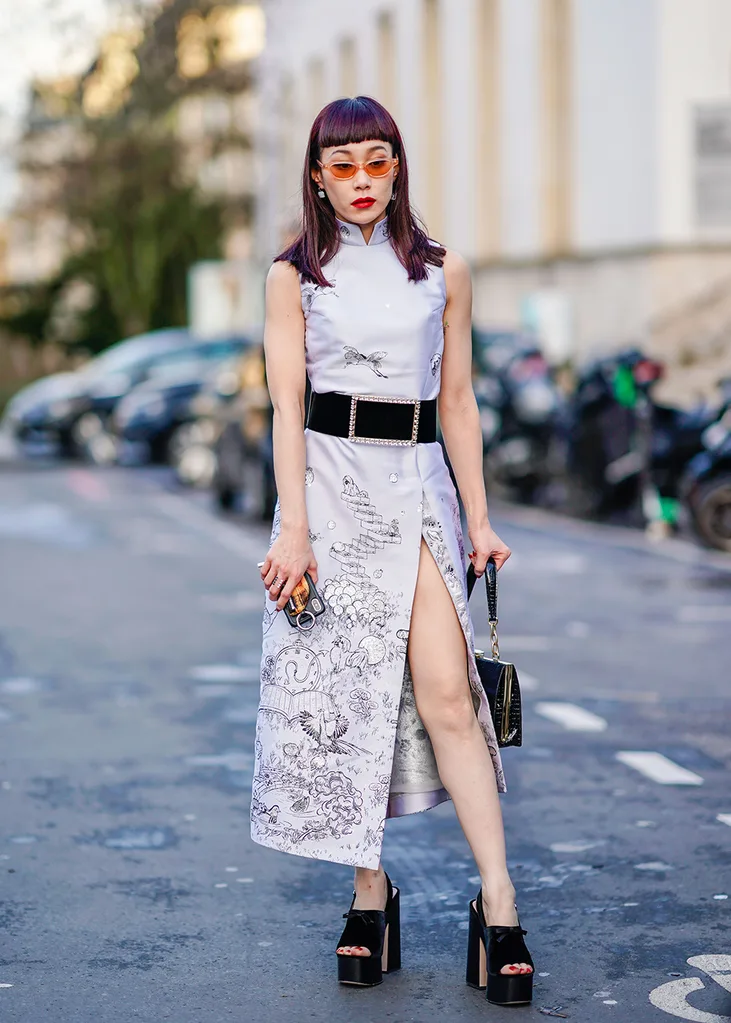
Hanfu Heats Up
With wide sleeves, crossed collars and long robes, the traditional dress of the Han Chinese, Hanfu has recently made a comeback after a 400-year hiatus. Its rising popularity began in the early 2000s due to the Hanfu Movement: a social movement that according to Business of Fashion, “was their attempt to stand up for Han culture after myriad historical foreign invasions, ethnic Manchu rule during the Qing dynasty (1636-1912), and what they see as phoney multiculturalism in contemporary China.”
Regardless of the political undertones, the sartorial trend is not an everyday fashion choice. It’s currently mostly seen on special occasions as a dress-up choice, however key features of the style can be seen throughout modern designs and have formed the core inspiration for couture designer Guo Pei.

Pyjamas As Daywear
Pyjamas may well be considered nightwear, but many Chinese have long been unfazed by wearing their PJs in public. In fact, in Shanghai, the practice is so common that the local government ran a campaign to encourage residents to stop doing it in the run-up to the 2010 World Expo in order to present a “civilised front”.
Although not necessarily a high fashion trend, it has caught on elsewhere. After all, who doesn’t dream of spending the entire day in their pyjamas? Floaty silk and quirky patterned versions of the two-piece combo have found their way onto red carpets and catwalks around the world.
